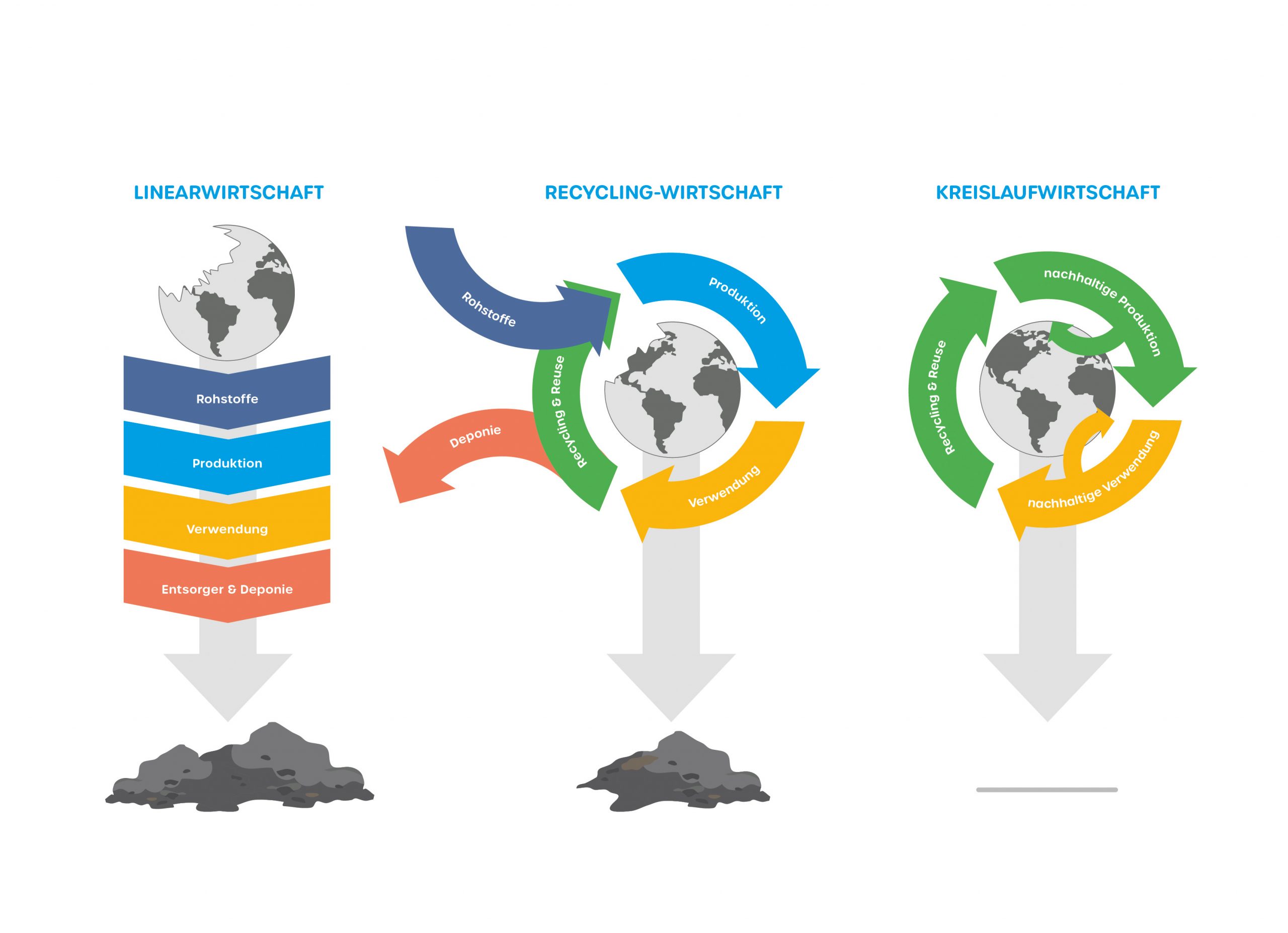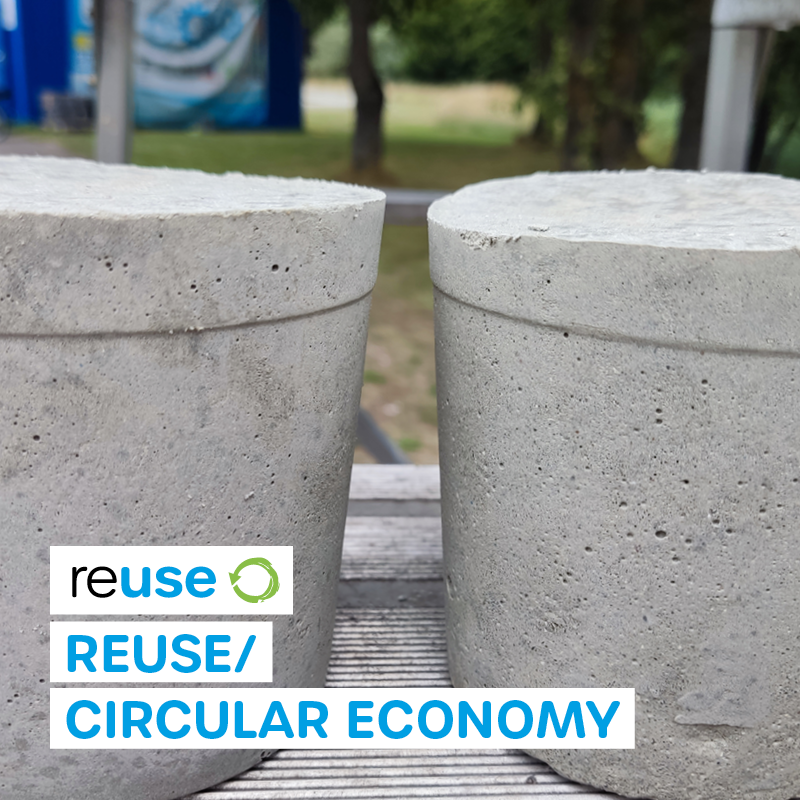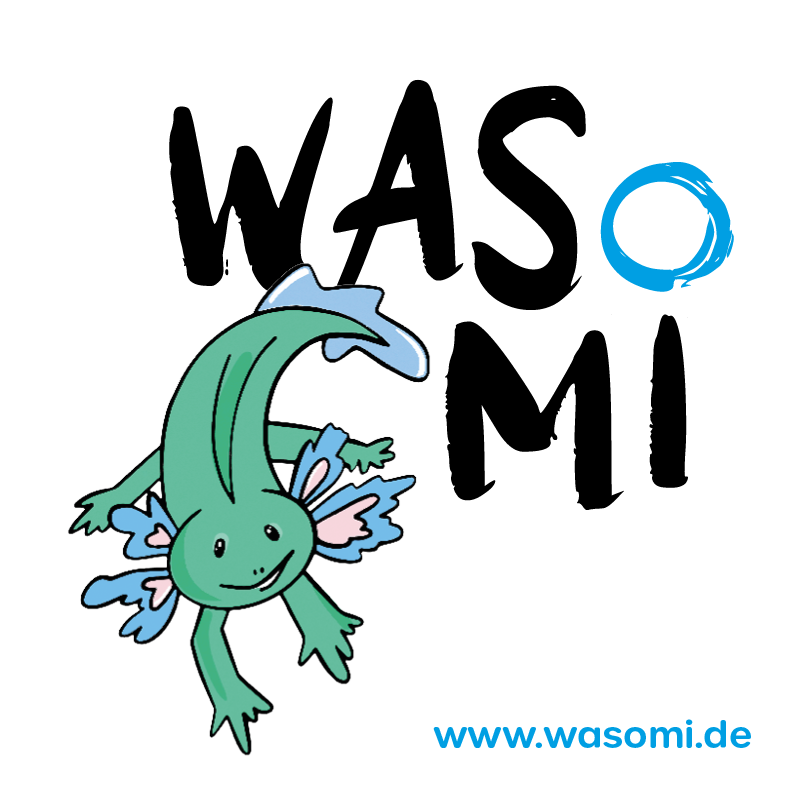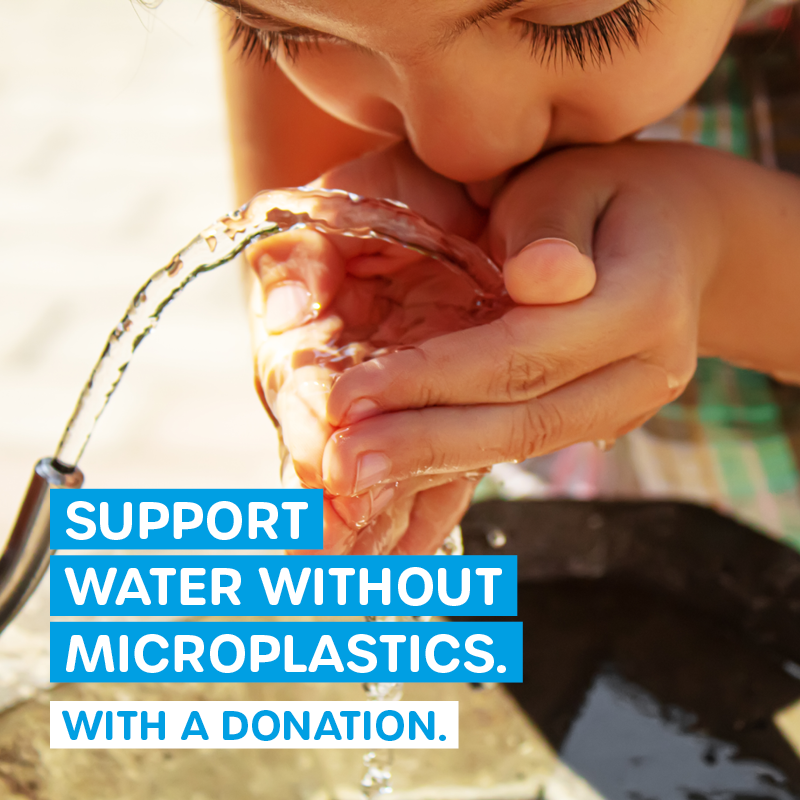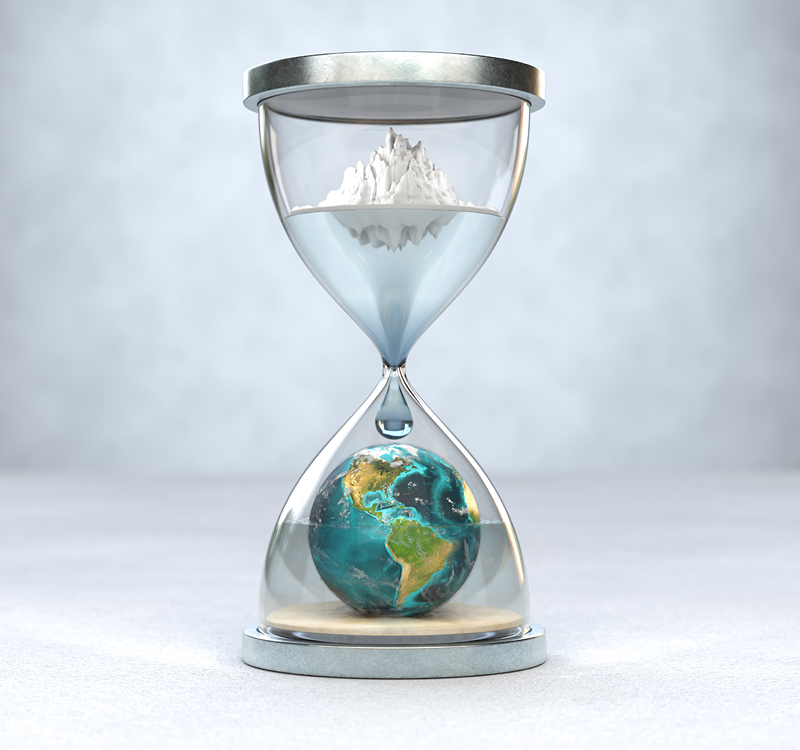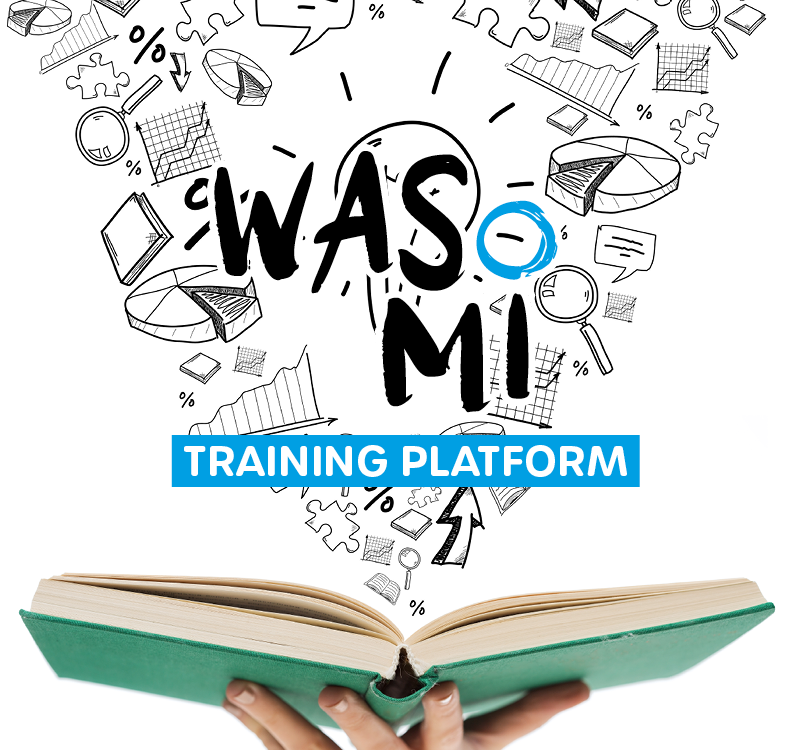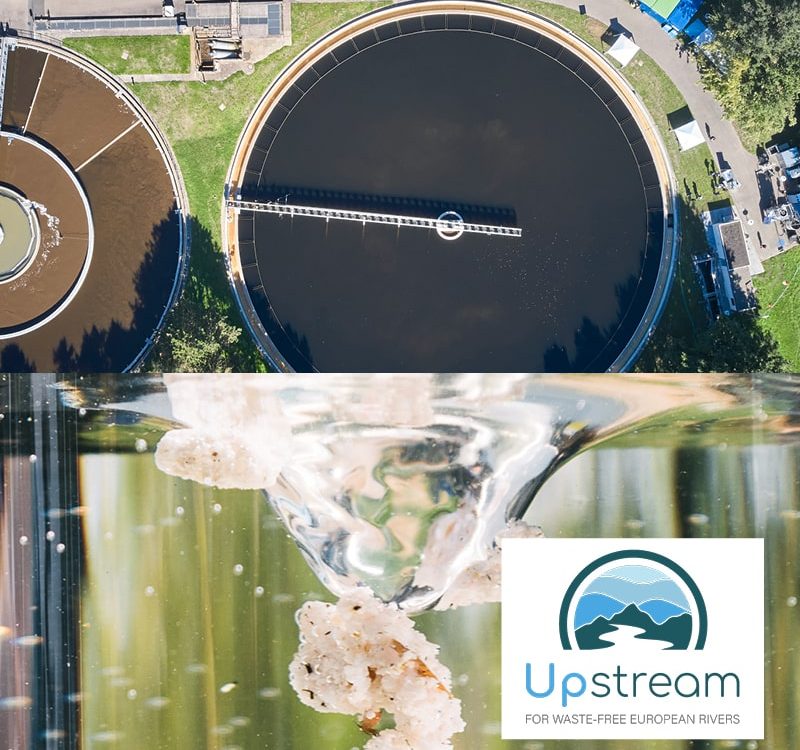
Circular economy: Intelligent production, use and waste routes for the environment and society
Unless we replace today's throwaway society with an eco-efficient, closed-loop approach to production, waste and recovery processes - rather than the life cycle of a product - it will be impossible to maintain our planet's finite reserves for future generations and avoid further damage to flora and fauna with a negative impact on human health, society and the environment. That is why we have to work towards a circular economy.
What is a linear economy?
A linear economy uses finite resources, such as fossil fuels, to make products that are then simply thrown away and often have negative effects on the environment or human health (or both).
What is a recycling economy?
In a recycling economy, the goal is to steadily increase the proportion of secondary raw materials for production. Obtaining secondary raw materials from waste should, therefore, not be seen as a disposal problem, but as part of the raw material supply. The more secondary raw materials are obtained from waste and replace primary raw materials in industrial production, the less energy and water is consumed and the less interference with nature is necessary to extract raw materials. At the same time, by using secondary raw materials, considerable amounts of climate-damaging carbon dioxide can be avoided.
What is a circular economy?
A circular economy strives for the longest possible use of products and raw materials. In practical terms, this means avoiding waste through reuse or further use (recycling / reuse). If that is not possible, they are broken down into their starting materials, i.e. raw materials, and these are recycled. Waste avoidance and reuse always come before recycling.
The EU circular economy package
The rules of the EU Waste Package set binding targets for waste reduction and updated rules to reduce waste generation, better control of waste management, promote the reuse of products and improve recycling in all countries of the EU.
The EU plastics strategy
Every year Europeans generate 25 million tons of plastic waste, but less than 30 percent is collected for recycling. The plastics strategy aims to protect the environment from pollution while promoting growth and innovation. According to the new plans, all plastic packaging on the EU market should be recyclable by 2030, the consumption of single-use plastics will be reduced and the deliberate use of microplastics restricted. These are primarily goal descriptions. There is hope that the subject of recyclability and the use of recycled materials will become important cornerstones in the guidelines for the directive on packaging and packaging waste.
Zero Waste
What began a few years ago with organic and fair trade, then developed through recycling and upcycling, cradle-to-cradle (c2c) and sharing economy, is increasingly leading to a zero-waste strategy, complete waste avoidance or so-called precycling.
Recycling, upcycling, c2c and reuse are, therefore, preliminary stages of zero waste. This approach not only includes the production processes, but the entire supply chain, trade, and the adjacent areas: energy, transport, etc.
Plastics and circular economy
Used plastics are an ecologically and economically advantageous source of secondary raw materials to manufacture marketable products and at the same time to conserve fossil raw material sources. There are three ways of recycling plastics, namely:
- material,
- raw material
- energy recovery,
which are used depending on the material quality. Despite the undeniable national, European, and global successes in plastics recycling, there is still untapped recycling potential.
In 2018, around 29 million tons of plastic waste were generated across Europe. Of this, around seven million tons were landfilled and around 22 million tons were recycled.
In 2019 alone, German companies processed 14.6 million tons of plastic. Synthetic fibers, adhesives and paints as well as rubber polymers, which are found in tires, for example, were not taken into account. Whether yoghurt pots, shampoo bottles, cell phones or in cosmetics and household cleaners, plastics can be found everywhere. They can also be used in the construction industry, in agriculture and as materials. We have found many possible uses for plastics, but we have not yet been able to really solve the waste problem.

